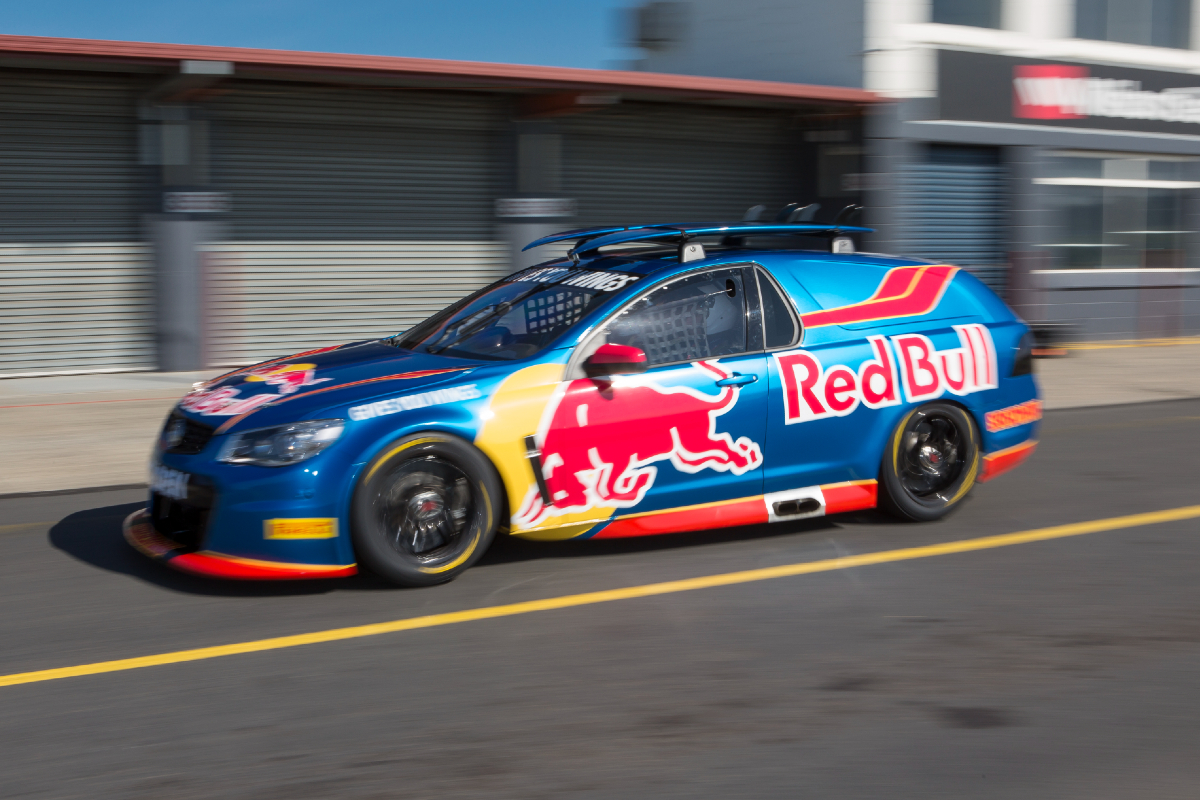
Last weekend’s showing of the Ford Supervan at the Bathurst 500 got us thinking about the best motorsport-inspired concept cars – ones that make tyres quiver in fear.
Traditionally, concept cars have best represented the show car mantra of “look, but don’t touch”. But this isn’t because the designers don’t want your fingerprints on their precious, one-off creation – it’s because often, concept cars are flimsily-built, handmade objects that often can’t even drive under their own power.
That’s no bother to us, as we love a concept as much as the next person. But this list celebrates an entirely different breed of concept – those inspired by motorsport. And in order to satisfy a motorsport audience, your concept has to be drivable under its own power – and then some. Let’s get into it.
READ MORE: Ford Supervan smashes Bathurst record
1995 Renault Espace F1
To celebrate the Espace van’s 10th year of being on-sale, Renault took one and plonked a Williams 3.5-litre Formula One V10 – from the FW14 – in roughly the same spot you’d normally put two kids and a baby capsule.
With 597kW and a wild, pumped-guard bodykit, the Espace F1 was built on a carbonfibre chassis and could sprint from zero to 100km/h in 2.8 seconds, 0-200km/h in 6.9sec and reach a top speed of 312km/h.
Rear-drive and with a six-speed sequential gearbox, it sat on full racing slicks and even still seated four people.
2014 Red Bull Sandman
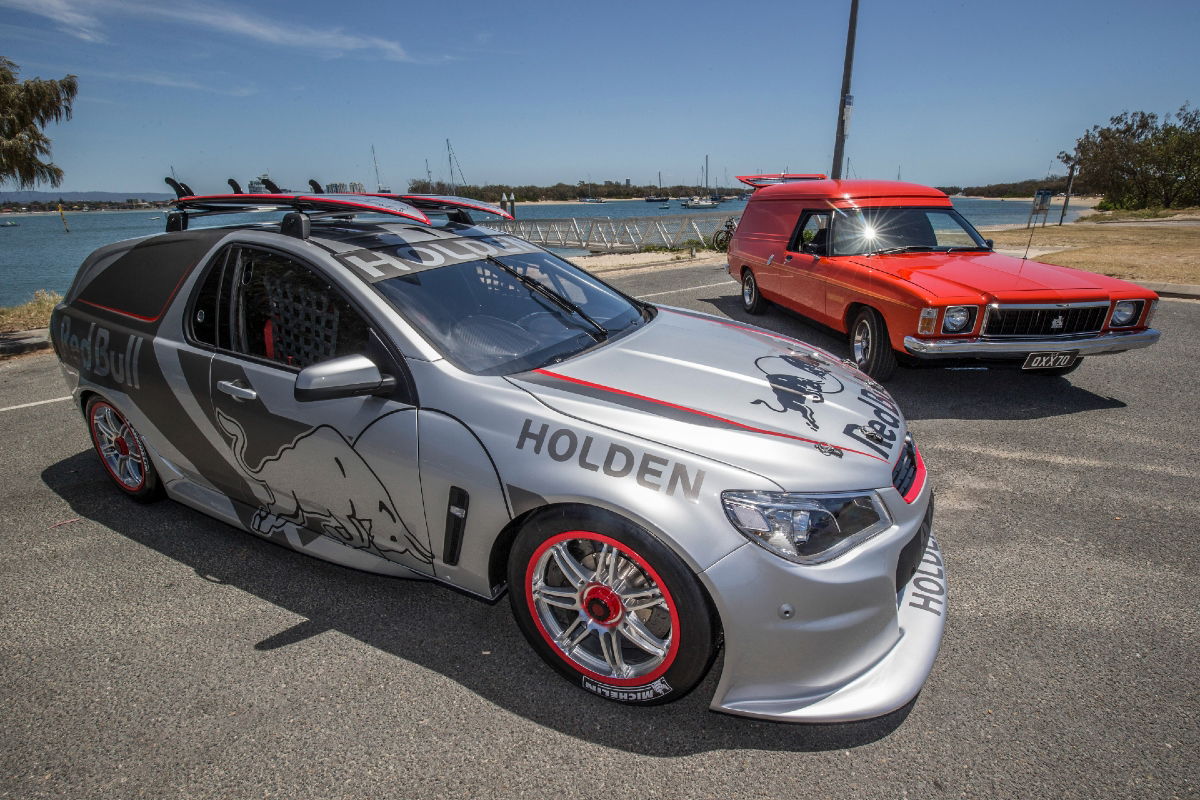
Built by Triple Eight, the Sandman was a concept for those who love surfing so much, they couldn’t get to the beach quickly enough. With two surfboards on the roof and its distinctive silver livery, the Sandman was built in just six months in total secrecy – a V8 Supercar panel van.
The Sandman also previewed Triple EIght’s vision for a more advanced V8 Supercar of the time. Its 700 horsepower (522kW) eclipsed that of one of Jamie Whincup’s or Craig Lowndes’s race cars – as did its 8200 maximum rpm, 800 more than a ‘regular’ V8 Supercar. It also had paddle-shifters in place of the regular sequential shifter and a fly-by-wire throttle.
2023 Ford Supervan 4.2
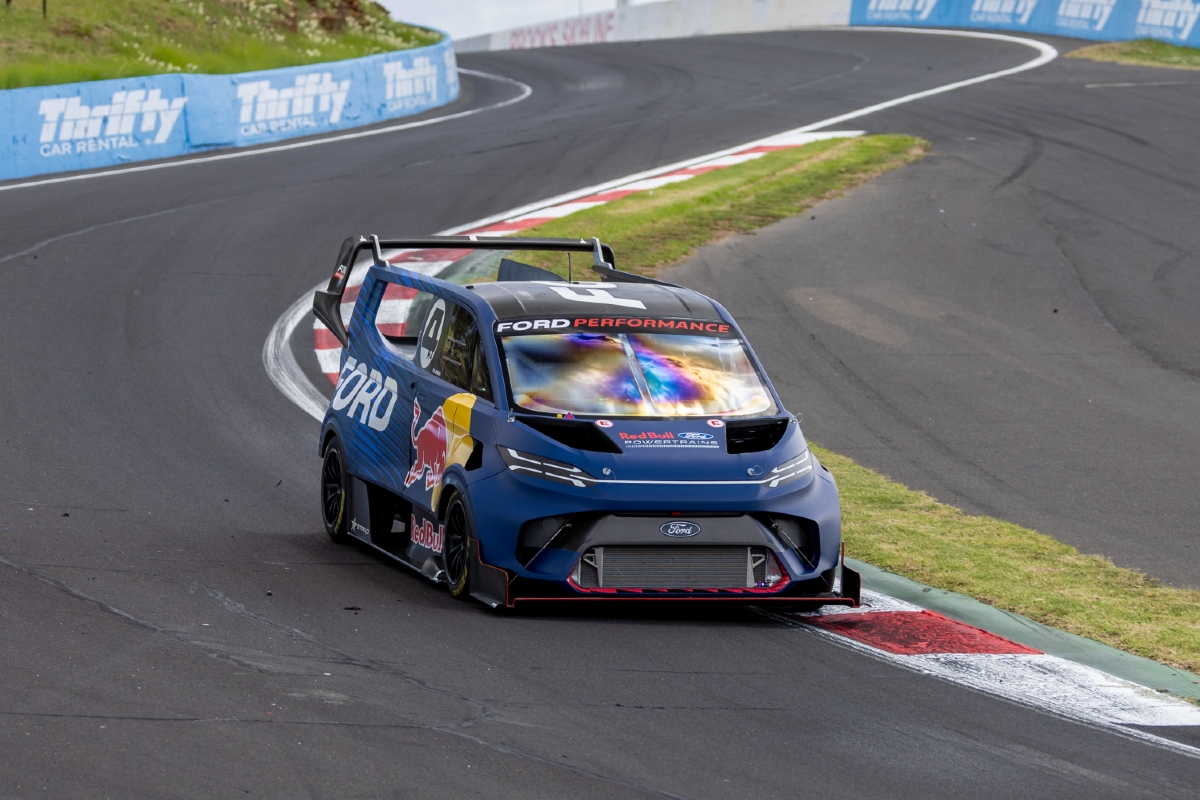
Even by the standards of this list, Ford’s electric Supervan 4.2 is a serious bit of equipment – as punters at the 2024 Bathurst 12 Hour got to see for themselves.
The fourth Supervan – the original was created in the 1970s with the same V8 in a GT40 – the electric 4.2 packs a massive 1050kW, weighs 1500kg and can create 1996kg of downforce at 241km/h.
It’s no wonder it won the Open Class at Pikes Peak last year, driven by Romain Dumas. Its 8:47.682 time was just seven seconds off the outright winning time, set by effectively an open-wheeler.
2023 Honda CR-V Hybrid Racer – aka The Beast
Next time your significant other insists on getting an SUV, tell them you’ve heard the Honda CR-V is pretty good. And then buy this one.
The one-off Honda Hybrid Racer – aka, The Beast – is an IndyCar that’s been cut-and-shut and then had a 2024 CR-V body plonked on top of it. The Beast uses an IndyCar 2.2-litre twin-turbo V6 with an electric motor powered by a super-capacitor, for a total output of 597kW – and meaning that yes, it’s still a hybrid. There’s a wide body-kit, enormous front splitter and rear wing, and Lambo-style doors.
Honda has plans to bore the engine to 2.4 litres and amp power to 671kW. We’ll keep praying for a road-car version.
2018 Toyota GR Super Sport
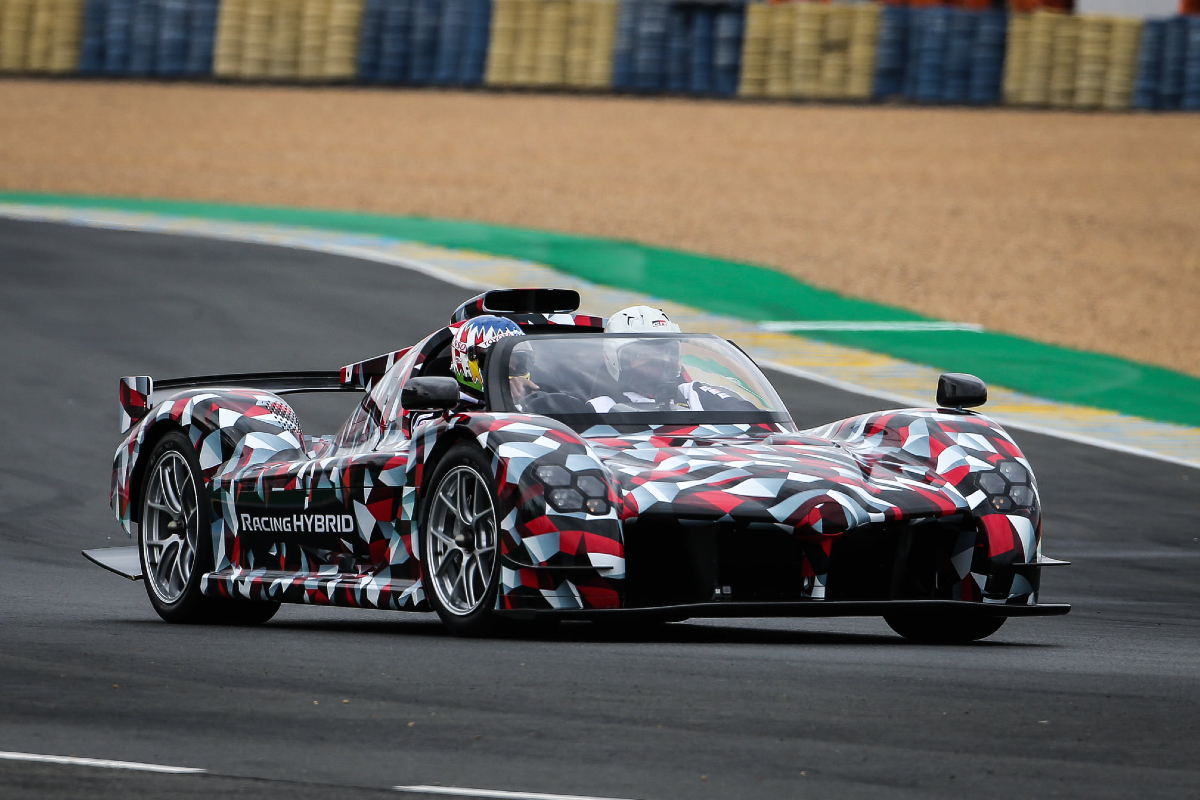
In the same vein and spirit of bygone Le Mans homologation road cars, Toyota revealed the GR Super Sport concept in 2018 with styling like it just drove off the Mulsanne Straight – and with even more power than the blood-related race cars than won five straight Le Mans 24 Hours between 2018 and 2022.
A hybrid powertrain produced 735kW from a 2.4-litre twin-turbo V6, and there was prodigious mid-corner grip from 330-section tyres front and rear.
Toyota was developing a road car version but sadly the line has since gone quiet, the program understood to have been axed after a bad testing accident at Fuji Speedway in 2021.



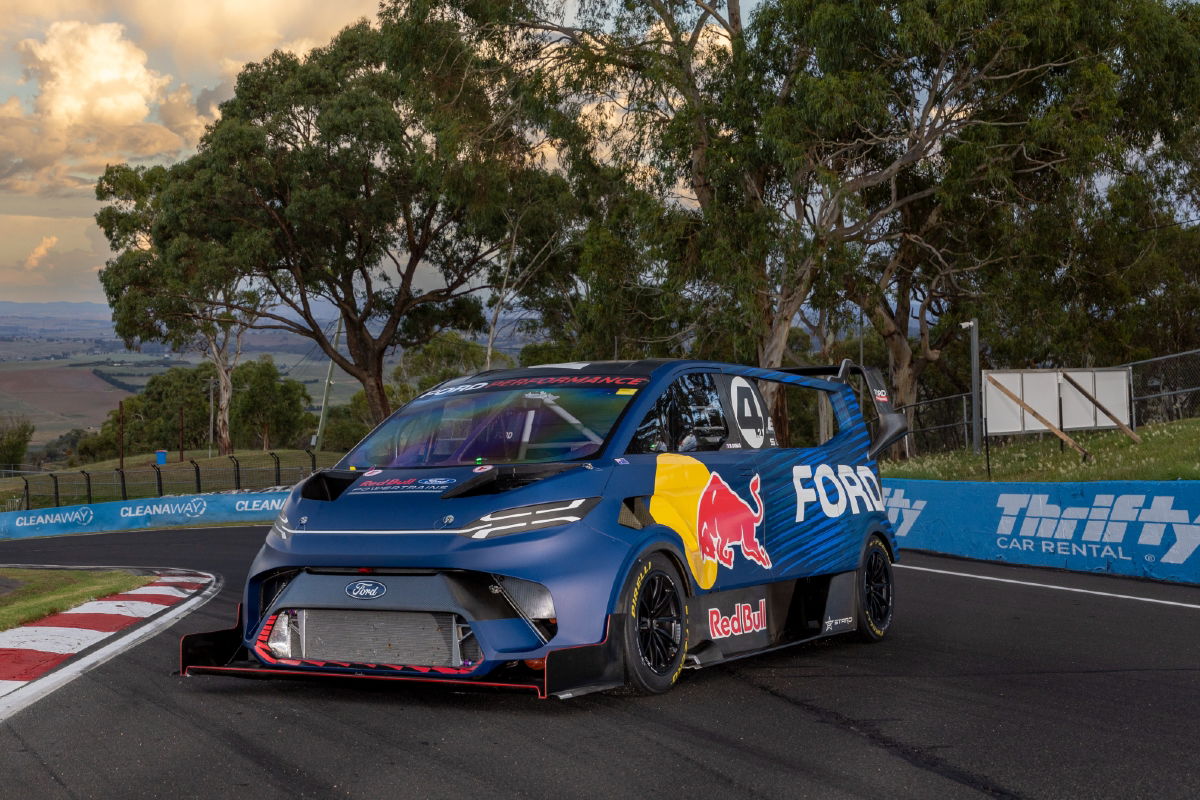
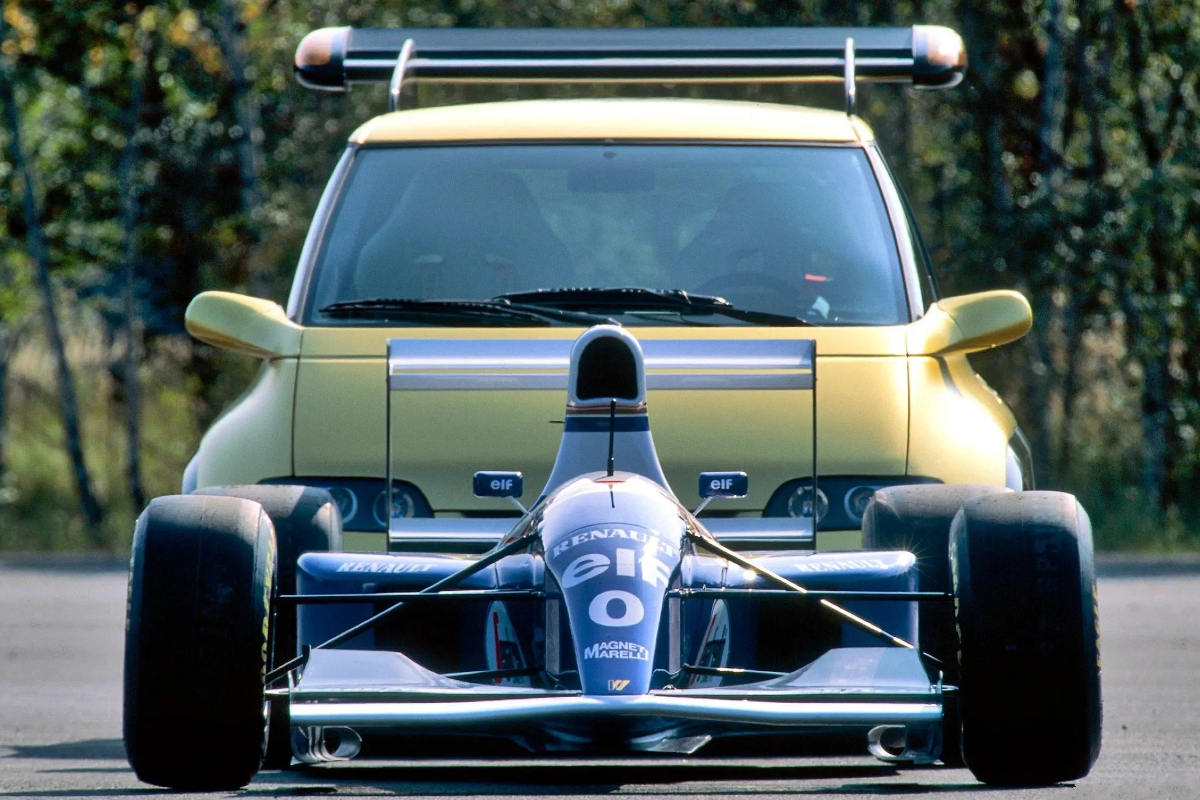
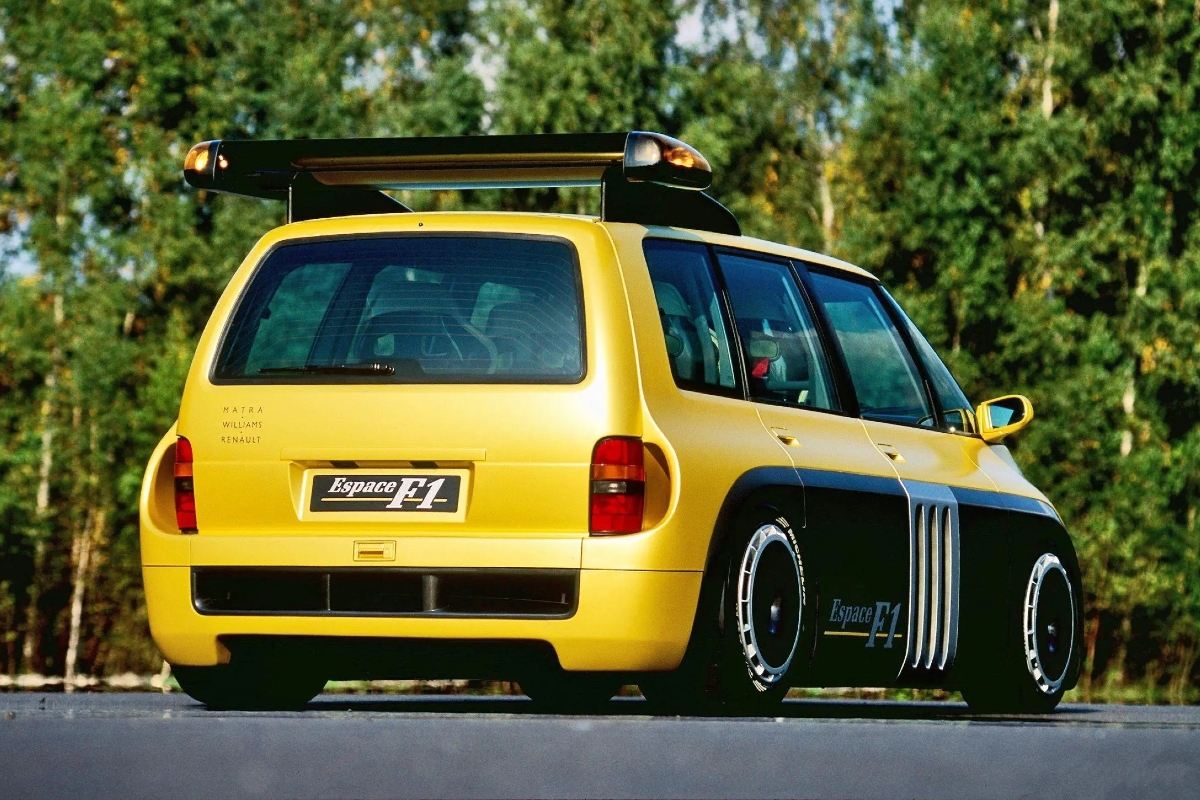
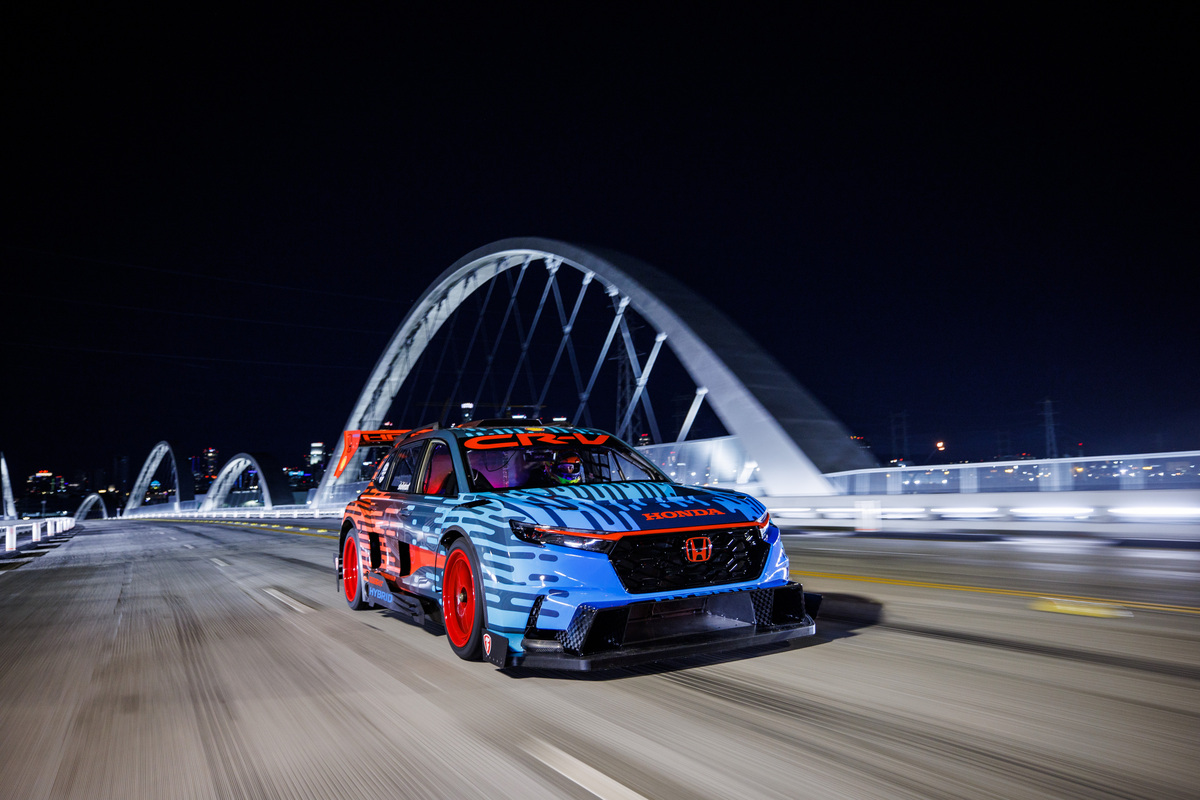
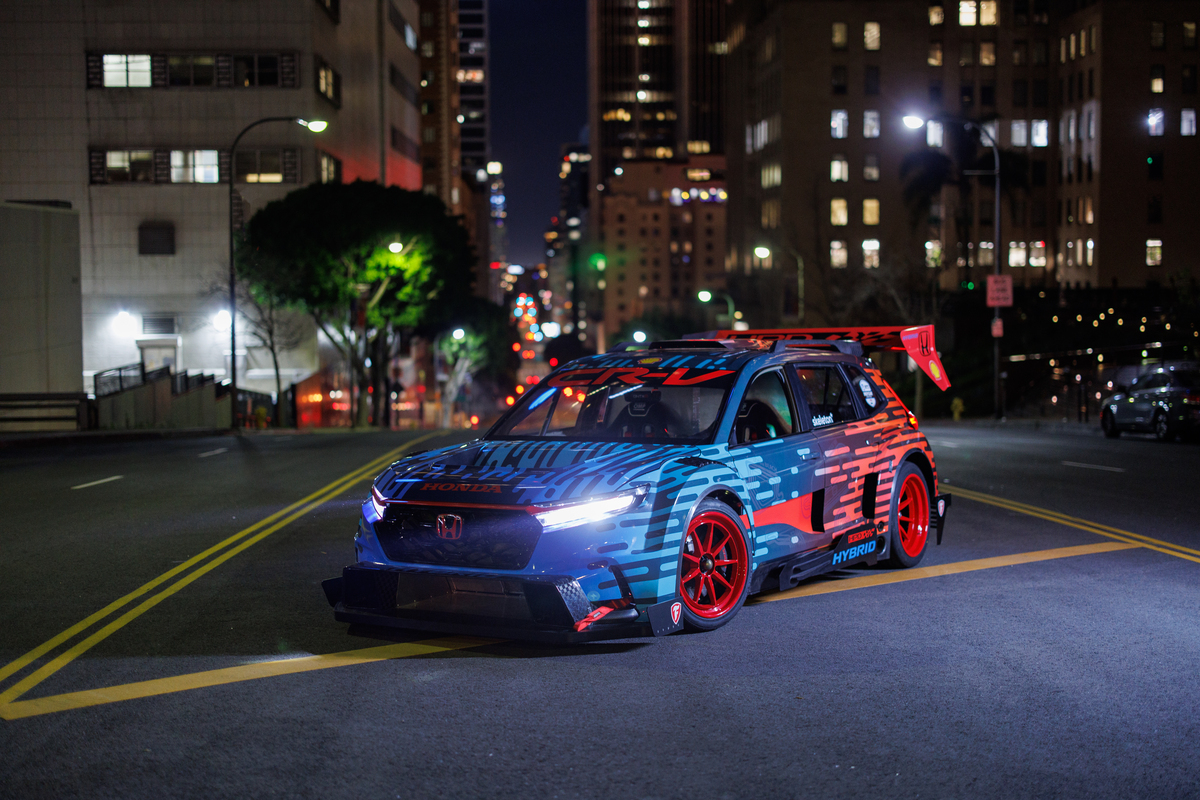
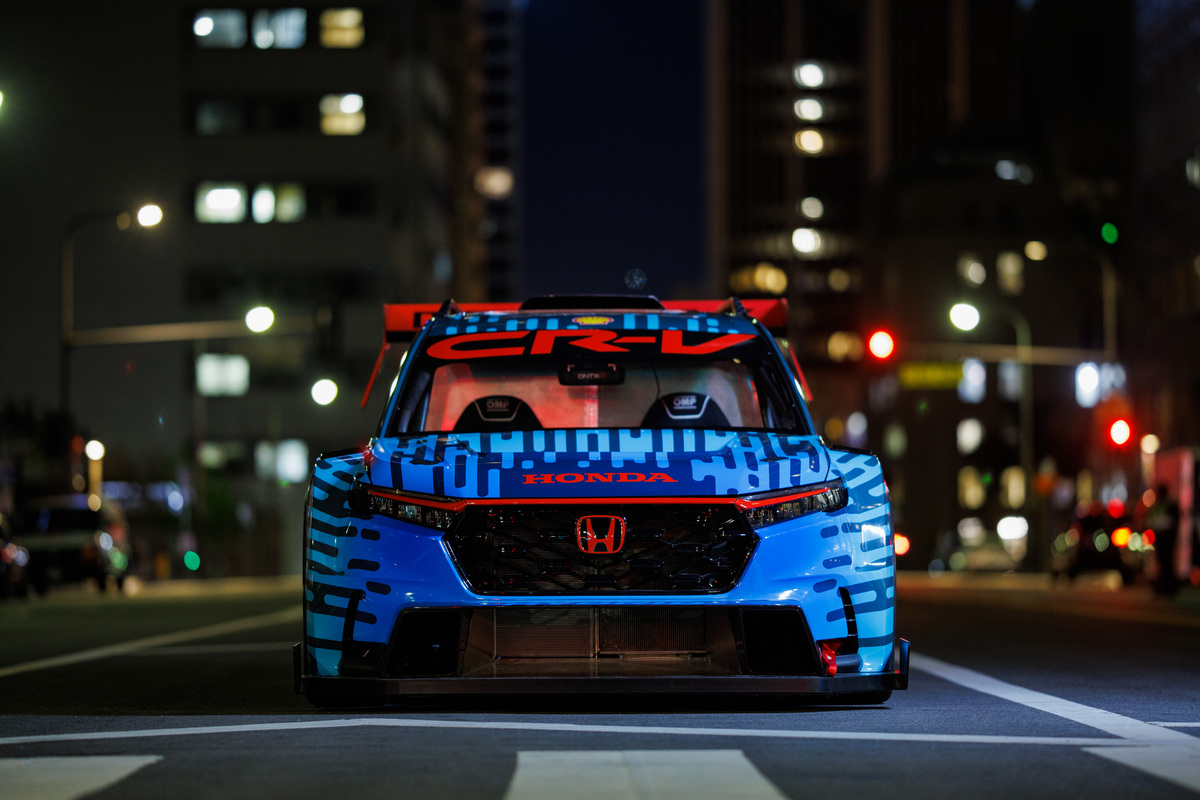
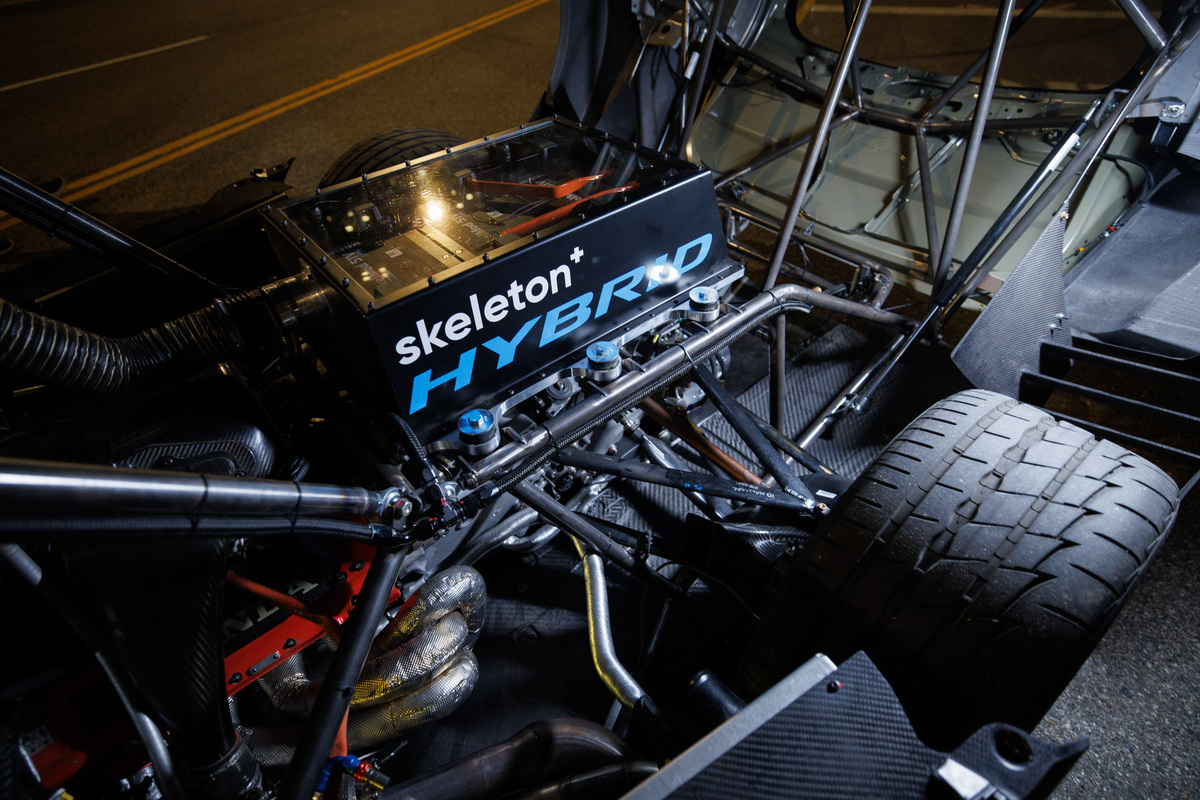
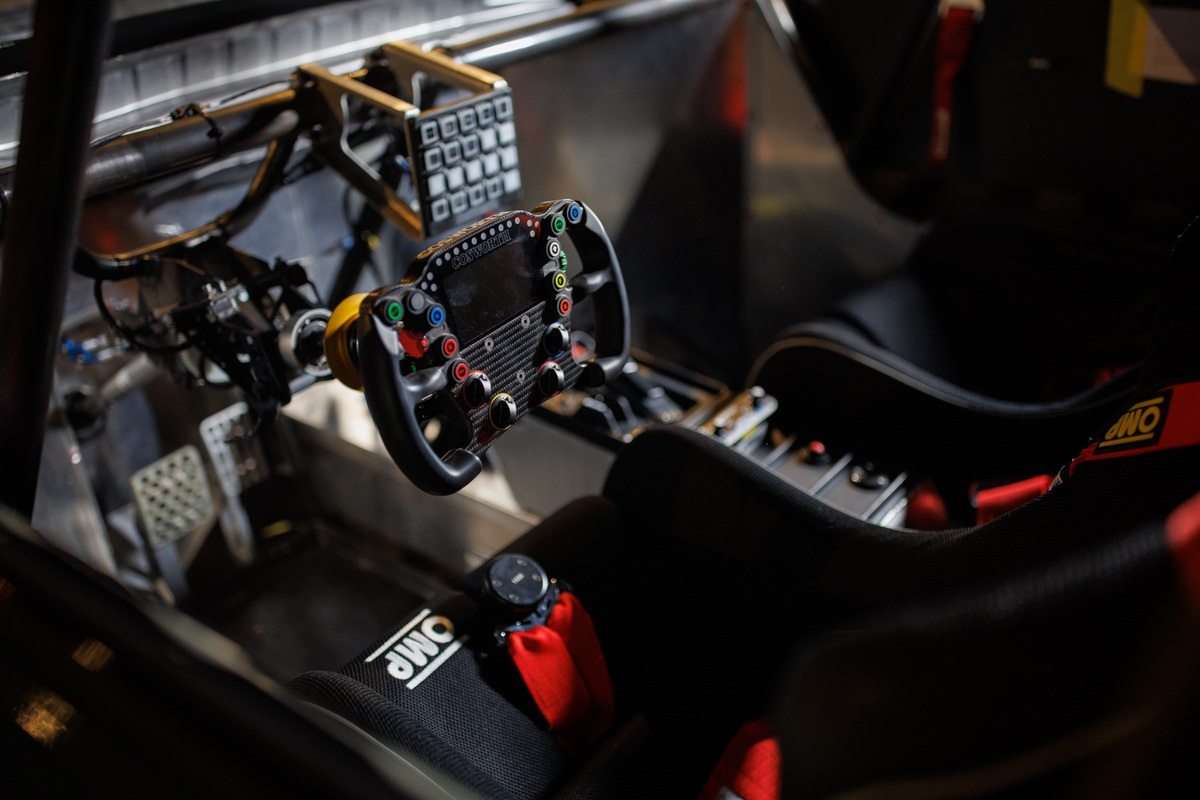
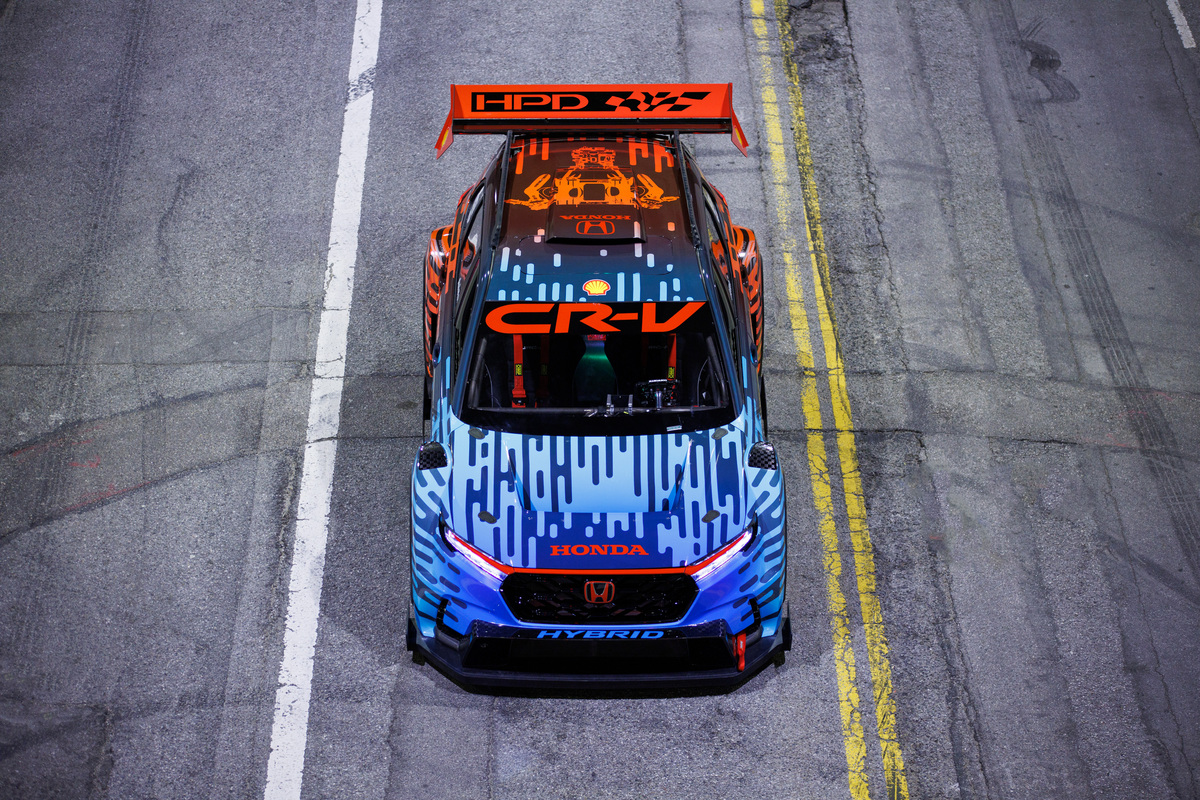
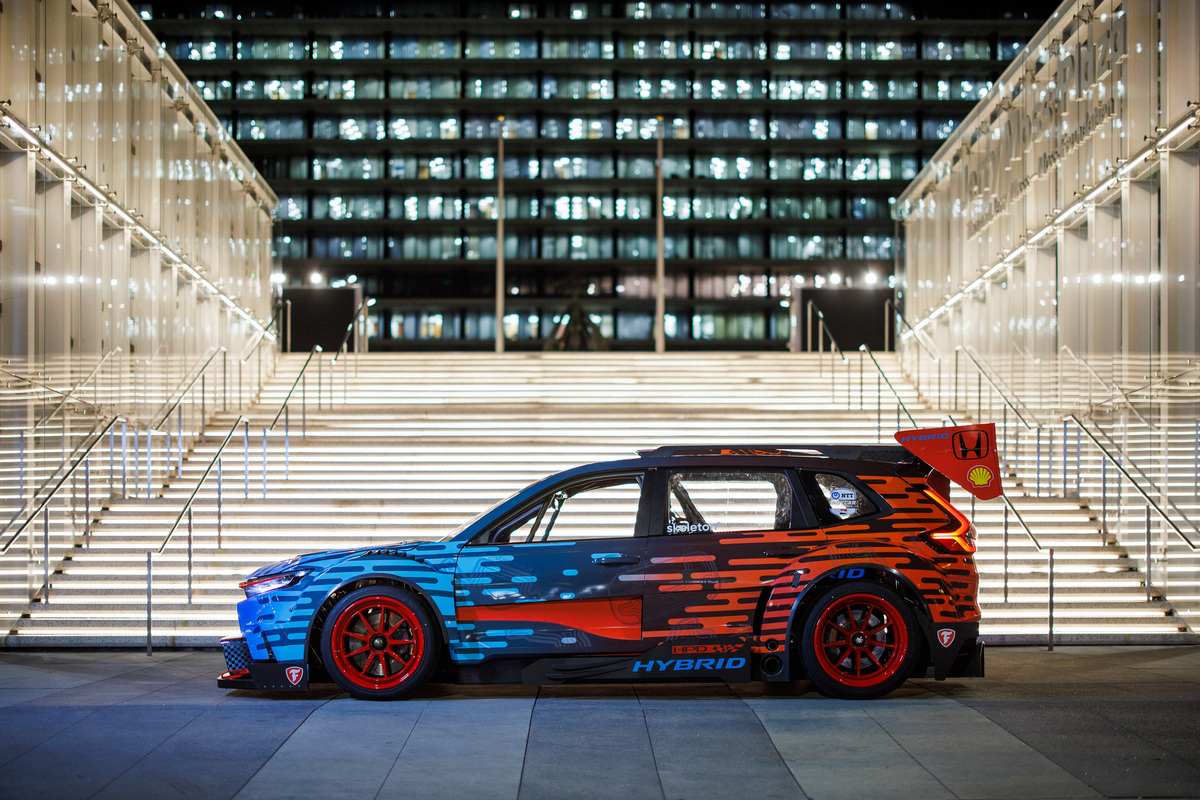










Discussion about this post